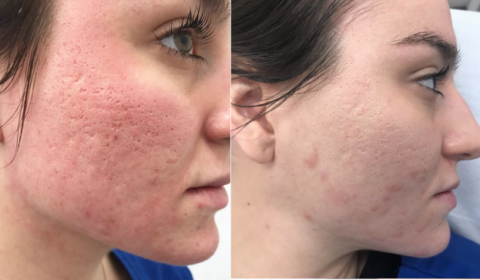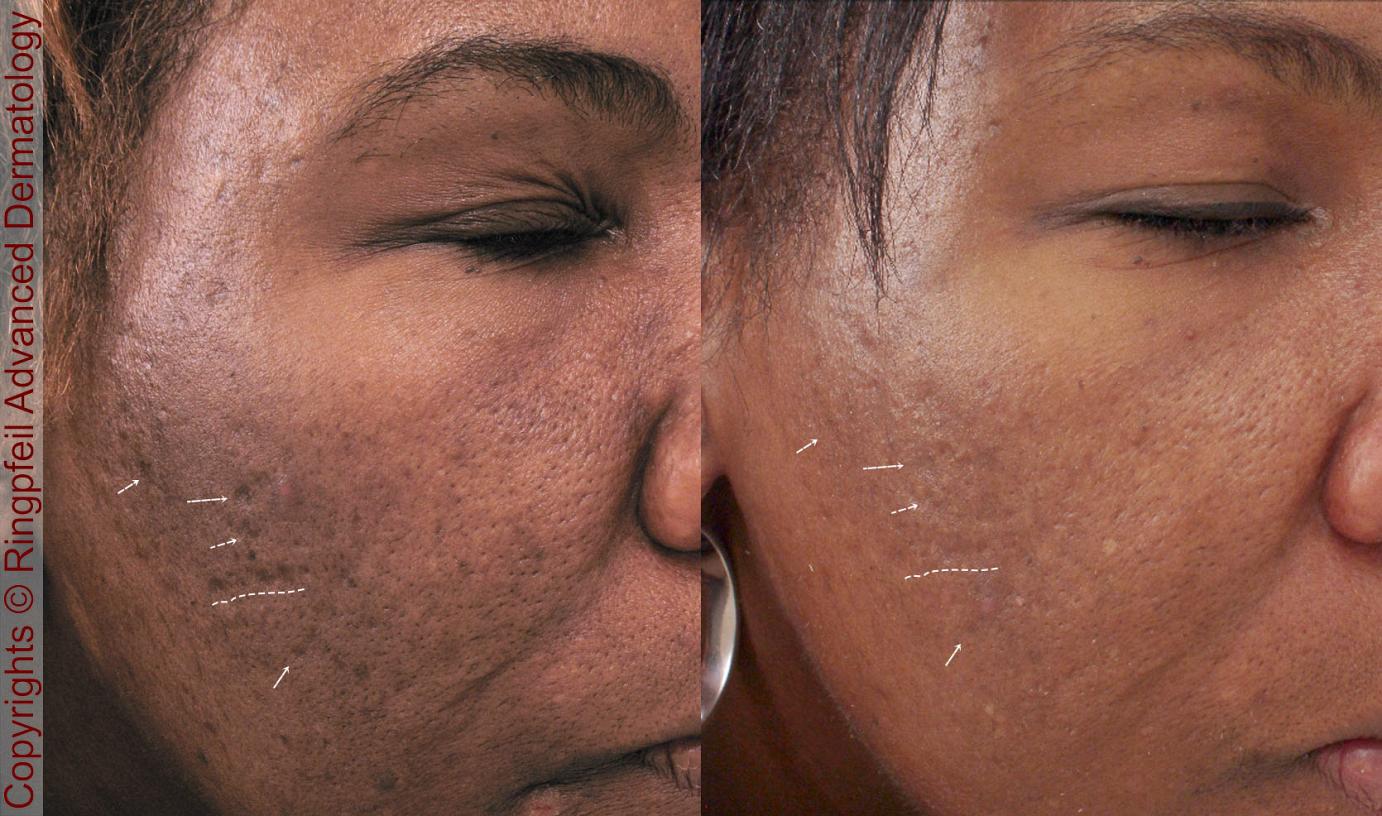Skin Rejuvenation Treatments: The Ultimate Guide to Refreshing Your Skin
Checking Out Skin Problem: Recognizing and Dealing With Acne Scars for Healthier Skin
Acne scars represent a considerable worry for people looking for to keep healthy skin, as they can influence both look and self-esteem. Understanding the various sorts of scars, from atrophic to hypertrophic, is vital for determining appropriate therapy options. While professional treatments like chemical peels and microneedling can be efficient, the value of personalized treatment strategies can not be overstated. Preventative measures play a critical function in lessening future scarring. As we check out these aspects, one need to consider just how the ideal technique can result in transformative results.
Comprehending Acne Scars

The body's natural healing process can lead to either atrophic scars, which look like depressions in the skin, or hypertrophic marks, which are raised and arise from overflow of collagen. In addition, the psychological toll of acne marks should not be underestimated; numerous people report sensations of shame, anxiousness, and lowered self-worth. This psychological worry can impact social communications and total top quality of life.
Dealing with acne marks calls for an extensive understanding of their development and impact. Recognition of the potential for long-lasting repercussions related to unattended scars can inspire individuals to look for suitable therapies. Early intervention and effective management techniques can substantially enhance skin appearance and enhance emotional strength, stressing the relevance of comprehending the complexities surrounding acne scars.
Kinds Of Acne Scars
Acne marks can be categorized right into distinctive kinds, each displaying distinct features and needing specific treatment methods. acne scars treatment. The main types of acne marks consist of atrophic, hypertrophic, and keloid scars

Hypertrophic scars, on the other hand, are elevated above the skin degree and are the result of excessive collagen manufacturing throughout the recovery process. They typically continue to be within the borders of the original acne lesion. Keloid marks are similar but extend past the original injury website, developing bigger, raised areas that can be scratchy or uncomfortable.
Understanding these sorts of marks is essential for choosing proper therapy choices. Different scars might react better to particular therapies, such as laser treatments, fillers, or medical treatments, emphasizing the significance of a tailored approach to acne mark monitoring.
Identifying Your Scars
Acne marks typically fall navigate here right into 2 useful content categories: atrophic and hypertrophic scars. These can better be identified right into ice-pick marks, boxcar marks, and rolling marks, each displaying distinctive characteristics and needing different techniques for analysis.
Hypertrophic scars, on the other hand, are increased and happen because of too much collagen production during the healing process. Acknowledging the certain attributes of your marks-- such as deepness, appearance, and size-- is crucial for correct identification (acne and acne scars treatment). Additionally, take into consideration the distribution of scars throughout your skin, as this can suggest the severity and duration of the acne problem
Engaging with a skin specialist can supply valuable insights into the nature of your marks, helping in the differentiation in between various types. An extensive understanding of your scars will ultimately lead to an extra customized and efficient therapy strategy, guaranteeing a clearer and much healthier skin tone.
Treatment Choices Offered
Identifying the specific sort of acne marks present on your skin lays the groundwork for discovering reliable treatment alternatives. Common kinds of acne marks include atrophic (depressed), hypertrophic (elevated), and post-inflammatory erythema.
For atrophic marks, choices such as chemical peels, microneedling, and laser resurfacing are widely made use of. Chemical peels make use of acids to remove the external layer of skin, advertising brand-new cell growth. Microneedling involves tiny needles that develop micro-injuries, promoting collagen manufacturing. Laser resurfacing targets damaged skin cells, improving appearance and tone.
Hypertrophic marks can be treated with corticosteroid shots to flatten the mark or laser treatment to reduce inflammation and boost appearance. Silicone gel sheets and stress dressings might also aid in managing increased marks.
On top of that, facial fillers can temporarily fill up in anxieties from atrophic scars, go to this web-site while surgical excision might be appropriate for serious instances. Each treatment choice has its factors to consider and benefits, making it vital to consult with a dermatologist. They can supply personalized recommendations based upon the type and seriousness of your marks, in addition to your skin kind and total health.
Tips for Prevention
Efficient avoidance strategies can dramatically reduce the chance of creating acne marks. The initial step is to maintain a consistent skincare routine that includes gentle cleaning, peeling, and hydrating. Using non-comedogenic products assists avoid blocked pores, which can intensify acne. Additionally, incorporating topical treatments consisting of salicylic acid or benzoyl peroxide can efficiently take care of breakouts and lessen inflammation.
Preventing the desire to pick or pop acne sores is critical, as this can bring about deeper skin damage and raise the threat of scarring. Instead, take into consideration utilizing a cold compress or over-the-counter therapies to lower swelling and inflammation.
Sun protection is one more important aspect of avoidance; ultraviolet (UV) rays can darken marks and impede the healing procedure. Using a broad-spectrum sun block with a minimum of SPF 30 daily can safeguard the skin and advertise even recovery.
Lastly, maintaining a well balanced diet plan rich in anti-oxidants, minerals, and vitamins sustains skin health and wellness and healing. Remaining hydrated and taking care of stress and anxiety levels can likewise play a considerable duty in minimizing acne flare-ups. By executing these approaches, individuals can significantly lessen their opportunities of creating acne scars.
Verdict
In final thought, understanding and determining acne marks is vital for reliable therapy and attaining healthier skin. Different kinds of acne marks, consisting of hypertrophic and atrophic marks, demand specific treatments tailored to individual requirements.
The body's natural recovery procedure can result in either atrophic scars, which show up as depressions in the skin, or hypertrophic scars, which are increased and result from overproduction of collagen. They are additional split into three subtypes: ice choice marks, boxcar marks, and rolling scars. Acne scars usually fall into two groups: hypertrophic and atrophic scars. These can further be classified right into ice-pick scars, boxcar marks, and rolling marks, each showing distinctive characteristics and calling for different strategies for assessment.
Various types of acne marks, consisting of hypertrophic and atrophic scars, require specific interventions customized to specific demands.